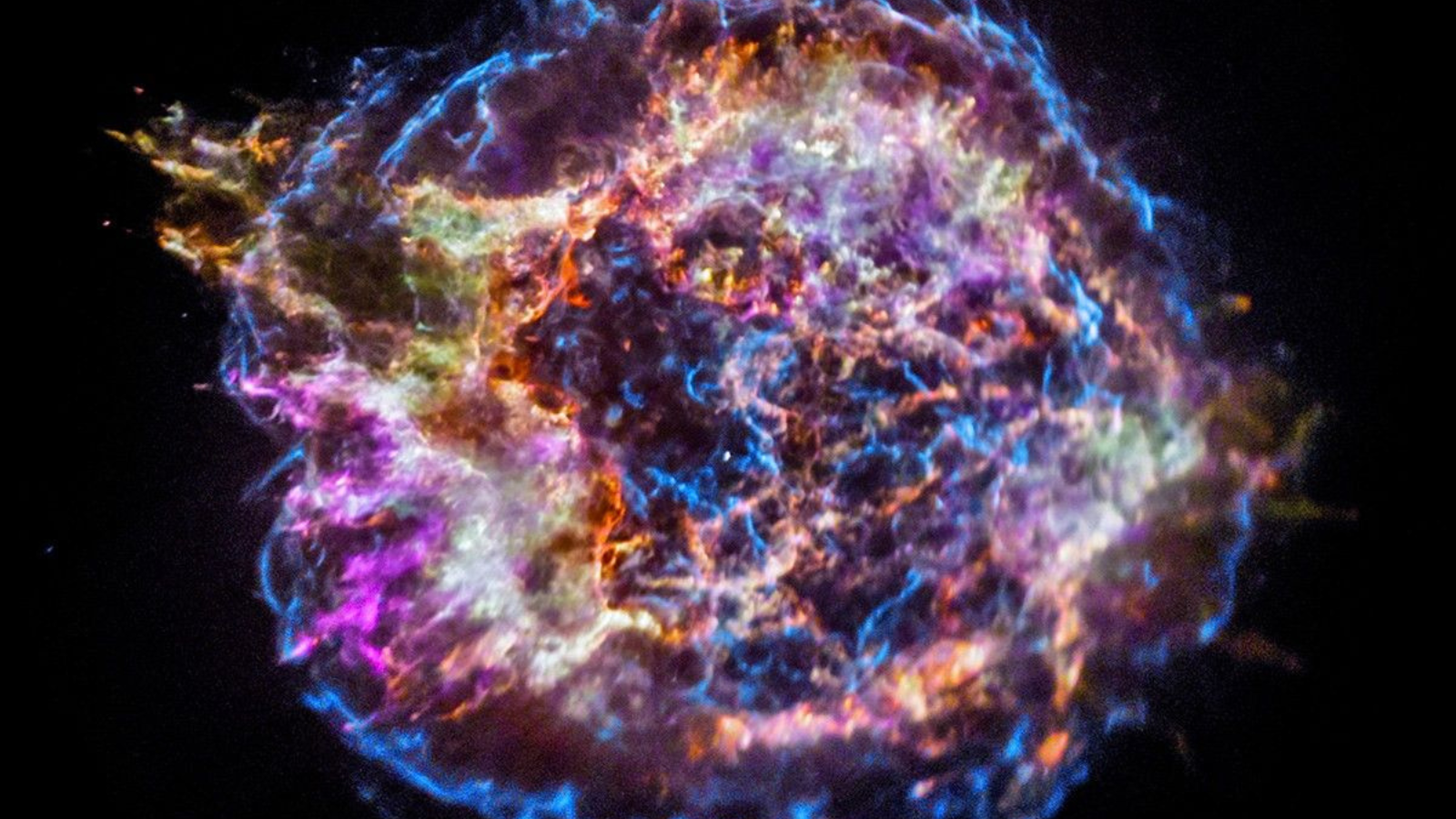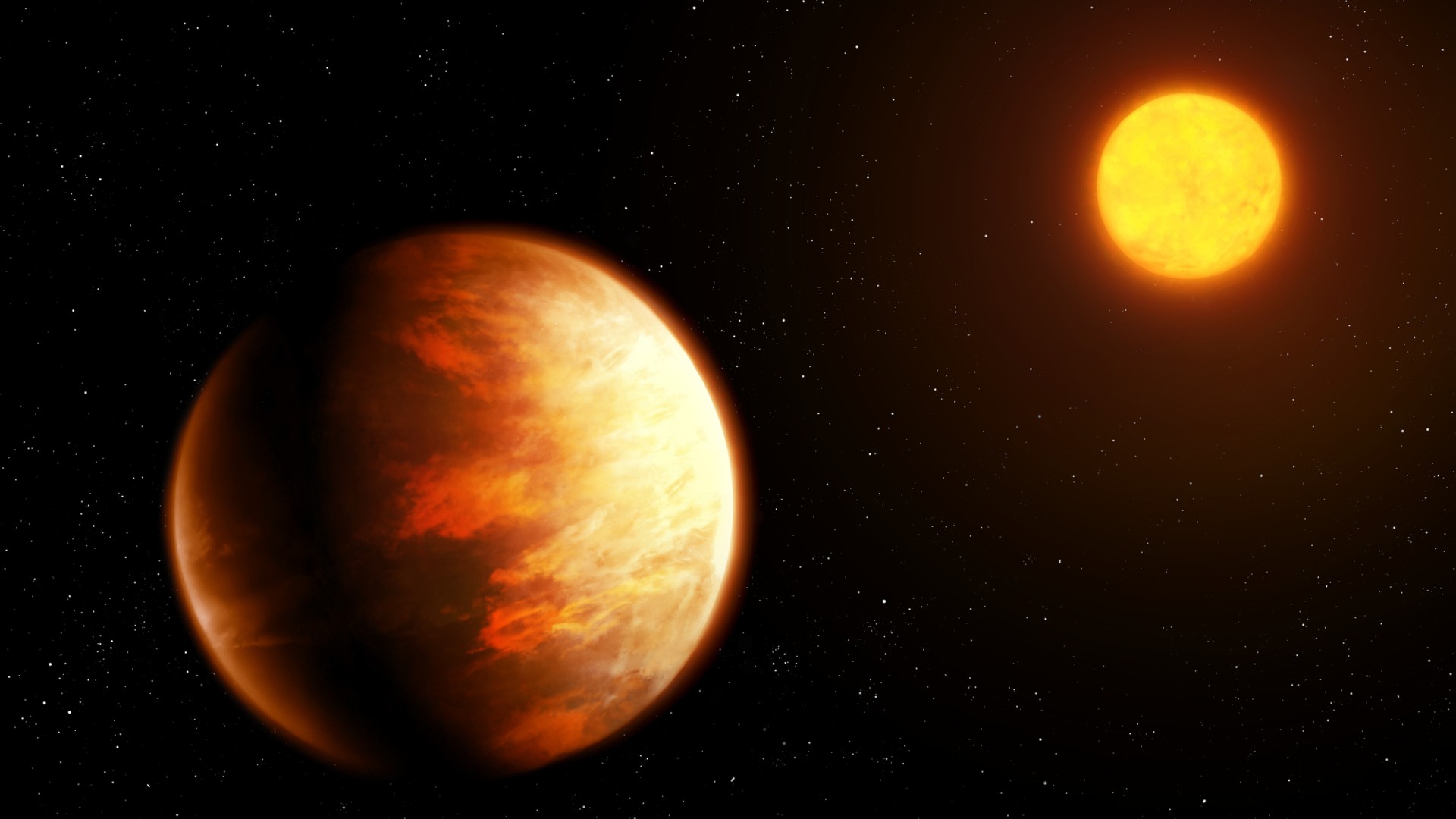Now Reading: Star Explosions Linked to Ancient Mass Extinctions on Earth
-
01
Star Explosions Linked to Ancient Mass Extinctions on Earth
Star Explosions Linked to Ancient Mass Extinctions on Earth

Quick summary
- New research suggests that nearby supernova explosions may have contributed to at least two mass extinction events in Earth’s history: the late Devonian extinction (372 million years ago) adn the Ordovician extinction (445 million years ago).
- Supernovae within 60 light-years of Earth can strip the planet’s protective ozone layer,exposing life to harmful ultraviolet radiation.
- Astronomers led by Nick Wright at Keele University used data from the Gaia satellite to study over 24,000 massive stars and estimate supernova rates that align with these extinctions.
- Evidence includes cosmic dust containing radioactive iron-60 found in Antarctic snow and moon samples,likely sourced from supernovae. These phenomena are linked with ozone depletion events possibly causing marine species extinctions.
- Researchers suggest around 2-2.5 supernovae occurred per billion years within 60 light-years of Earth, which matches unexplained mass extinction timelines on Earth. However, they caution this is not proven causation but a plausible connection based on overlapping rates.
[Image Caption: An image of Cassiopeia A (Cas A), a star remnant from an explosion roughly 300 years ago – NASA/CXC/SAO]
[Additional Image Caption: Cosmic rays striking Earth’s atmosphere – simon Swordy/U.Chicago & NASA]
Indian Opinion Analysis
This study highlights the intricate relationship between cosmic phenomena and life on Earth,offering a compelling glimpse into how external astrophysical events might have shaped our planet’s evolutionary path over hundreds of millions of years.For India-a country deeply invested in space research through ISRO-this serves as further motivation for advancing astrophysical studies that assess long-term planetary risks originating beyond Earth’s atmosphere.
while India is unlikely to be directly impacted by such rare occurrences in human timescales, bolstering scientific collaboration with global observatories like NASA or ESA could enhance India’s capabilities in tracking high-energy astronomical threats such as future nearby supernovae or gamma-ray bursts.
Expanding cosmic awareness might also foster innovative partnerships for enhancing atmospheric monitoring technologies-a pertinent contribution given India’s focus on sustainability amid growing environmental challenges like ozone layer thinning due to anthropogenic effects.



























